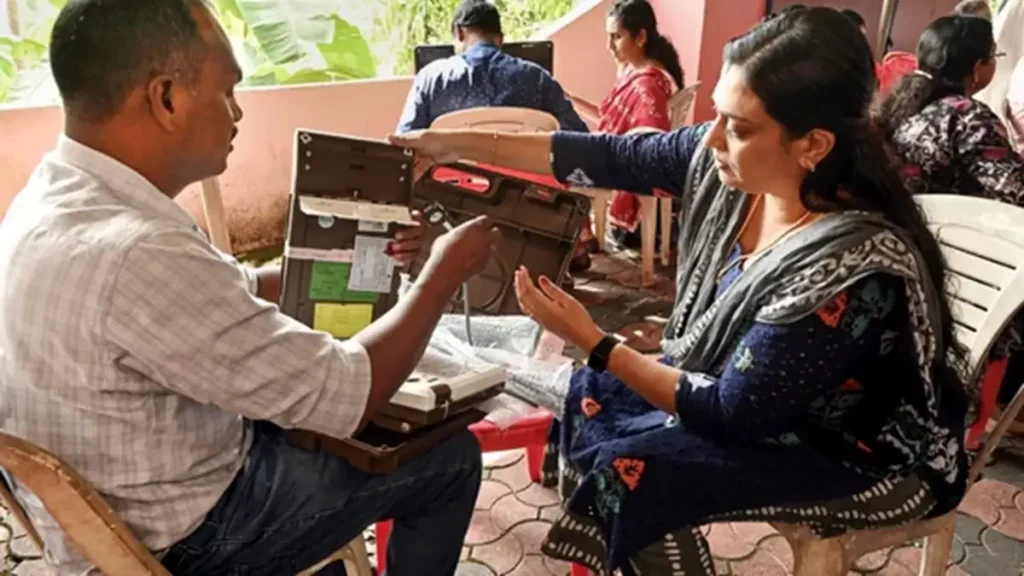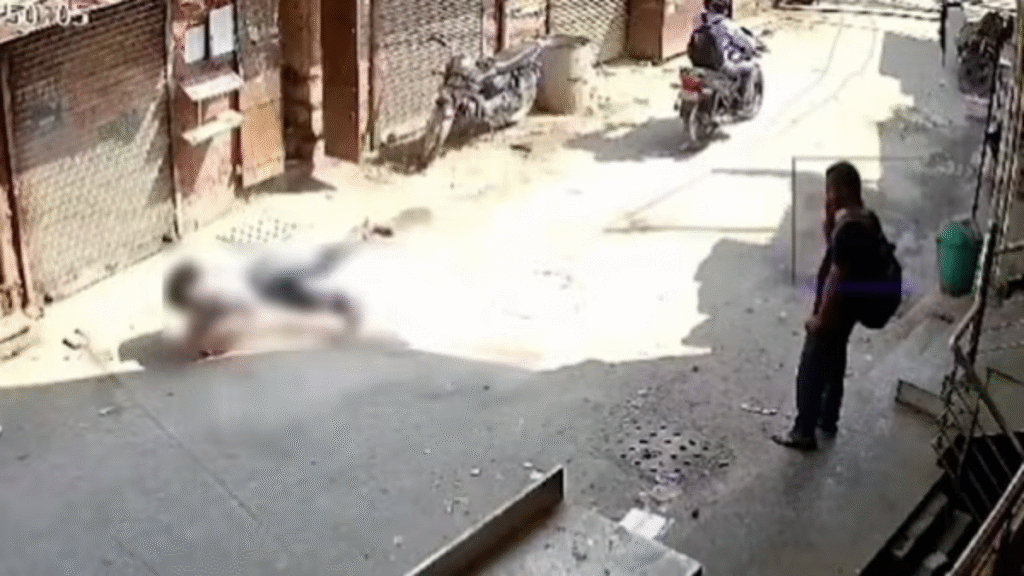Now Reading: Air India Pilots Simulate Dual Engine Failure Amidst Crash Probe
-
01
Air India Pilots Simulate Dual Engine Failure Amidst Crash Probe
Air India Pilots Simulate Dual Engine Failure Amidst Crash Probe

In a significant development following the tragic Air India Boeing 787 crash last month, Air India pilots have conducted simulated flights to investigate the possibility of a dual engine failure as the primary cause of the accident. This comes as investigators continue to delve into the catastrophic incident that claimed the lives of 241 out of 242 individuals on board, with one sole survivor.
The simulated flights were reportedly carried out by Air India pilots independently of the official investigation led by India’s Aircraft Accident Investigation Bureau (AAIB). The objective was to recreate the conditions of the ill-fated flight and explore various scenarios, particularly focusing on the theory of simultaneous engine loss.
Sources close to the investigation reveal that during these simulations, pilots replicated parameters of the crashed aircraft, including operating with landing gear deployed and wing flaps retracted. Crucially, these simulations indicated that these specific settings alone would not have led to a crash, reinforcing the growing focus on a technical malfunction as the most probable cause.
This finding gains further traction with the prior discovery that an emergency-power turbine, known as the Ram Air Turbine (RAT), deployed mere seconds before impact. The RAT is a critical backup system designed to provide essential electrical and hydraulic power in the event of a complete failure of both main engines or primary electrical systems. Its activation strongly suggests a significant power loss onboard the aircraft prior to the crash.
While the exact reason for a potential simultaneous loss of power in both General Electric Co.-manufactured engines remains under intense scrutiny, investigators are meticulously analyzing data from the recovered flight recorders – the Cockpit Voice Recorder (CVR) and the Flight Data Recorder (FDR). These “black boxes” are expected to provide comprehensive insights into the aircraft’s performance metrics, system alerts, and crucial cockpit conversations in the moments leading up to the disaster.
Pilots who have reviewed available footage of the crash have noted that the landing gear appeared to be partially tilted forward, indicating the crew initiated the retraction sequence. However, the landing-gear doors did not open, a detail that some aviation experts believe could signify a loss of power or hydraulic failure, further implicating the engines as the source of the issue, given their role in providing the aircraft’s electricity.
The incident marks the first fatal crash involving a Boeing 787 Dreamliner and ranks as one of the worst civil aviation accidents in India in decades. The pilot’s distress call, a “Mayday” signal, was reportedly made just 15 seconds before impact, highlighting the sudden and critical nature of the emergency faced by the crew.
As the investigation progresses, teams from Boeing and the US National Transportation Safety Board (NTSB) are on the ground in India, providing support to the AAIB. The aviation community awaits the official findings from the flight recorders, which are anticipated to shed definitive light on the sequence of events that led to this unprecedented tragedy. The outcome of this investigation is poised to have significant implications for aviation safety protocols and aircraft design globally.










